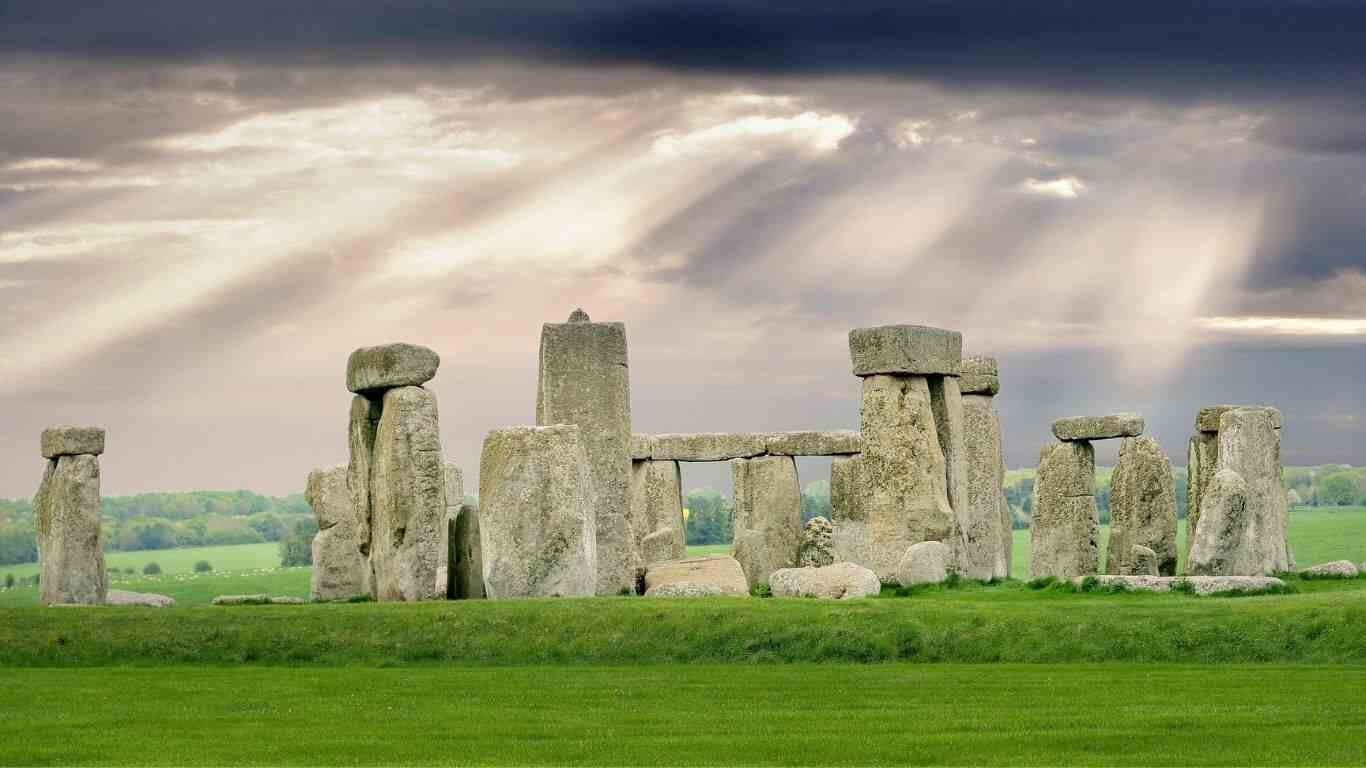
Table of Contents
ToggleIntroduction
Witnessing one of the most amazing and mysterious wonders of the ancient world is a once-in-a-lifetime experience provided by a Stonehenge Tour. Located in Wiltshire, England, on the expansive Salisbury Plain, Stonehenge is a striking reminder of the creativity and spirituality of the prehistoric inhabitants. For generations, people have been drawn to this enigmatic arrangement of enormous stones. They are always struck by the sheer magnitude of the structure and the many unanswered questions about its origins and intended use.
Taking a Stonehenge Tour transports you back to the Neolithic era, when humans coexisted peacefully with the natural world and the heavenly realm. This is more than simply a tourist destination. You will be able to stroll among the stones during your tour and follow in the footsteps of individuals who formed this enigmatic landscape thousands of years ago.
Stonehenge’s complex bluestone arrangement and towering sarsen stones will make it clear to you why its appeal has endured for millennia. Stonehenge is a remarkable site to see due to its immense architecture, the circle’s potent symbolism, and its exact alignment with the sun on solstices.
History and Significance of Stonehenge
The Origins of Stonehenge
When the Neolithic era gave way to the Bronze Age more than 5,000 years ago, Stonehenge first appeared. It is thought that the monument’s construction happened over the course of several centuries in phases. An earthwork enclosure with a circular design that dates to approximately 3000 BC is the site’s earliest known construction. As time passed, the monument changed and became the magnificent stone circle it is today.
You will discover during your Stonehenge Tour how the stones were reportedly moved more than 150 miles from the site, from remote quarries, some as far out as Wales. Archaeology’s greatest mystery is still how enormous stones, some weighing over 25 tons, were precisely moved, shaped, and built. Given that the Neolithic builders’ tools and techniques were primitive by modern standards, their accomplishments are all the more amazing.
Cultural Significance Through the Ages
Although Stonehenge’s prehistoric beginnings are what have made it most famous, its significance has changed with time. You will learn about the many ways that Stonehenge has been utilized and respected over the ages by taking a Stonehenge Tour. The monument was thought to be a place of worship for many centuries, possibly even a Druid temple, even though the Druids arrived far later than Stonehenge.
Stonehenge, a testament to human perseverance, spirituality, and inventiveness, represents British history and cultural legacy today. Due to its UNESCO World Heritage Site designation, future generations will be able to witness its grandeur as preservation efforts are prioritized. You will have a greater understanding of Stonehenge’s several levels of significance as you visit the monument during your Stonehenge Tour. Stonehenge is symbolic of culture and has spiritual and astronomical value in addition to being an architectural wonder.
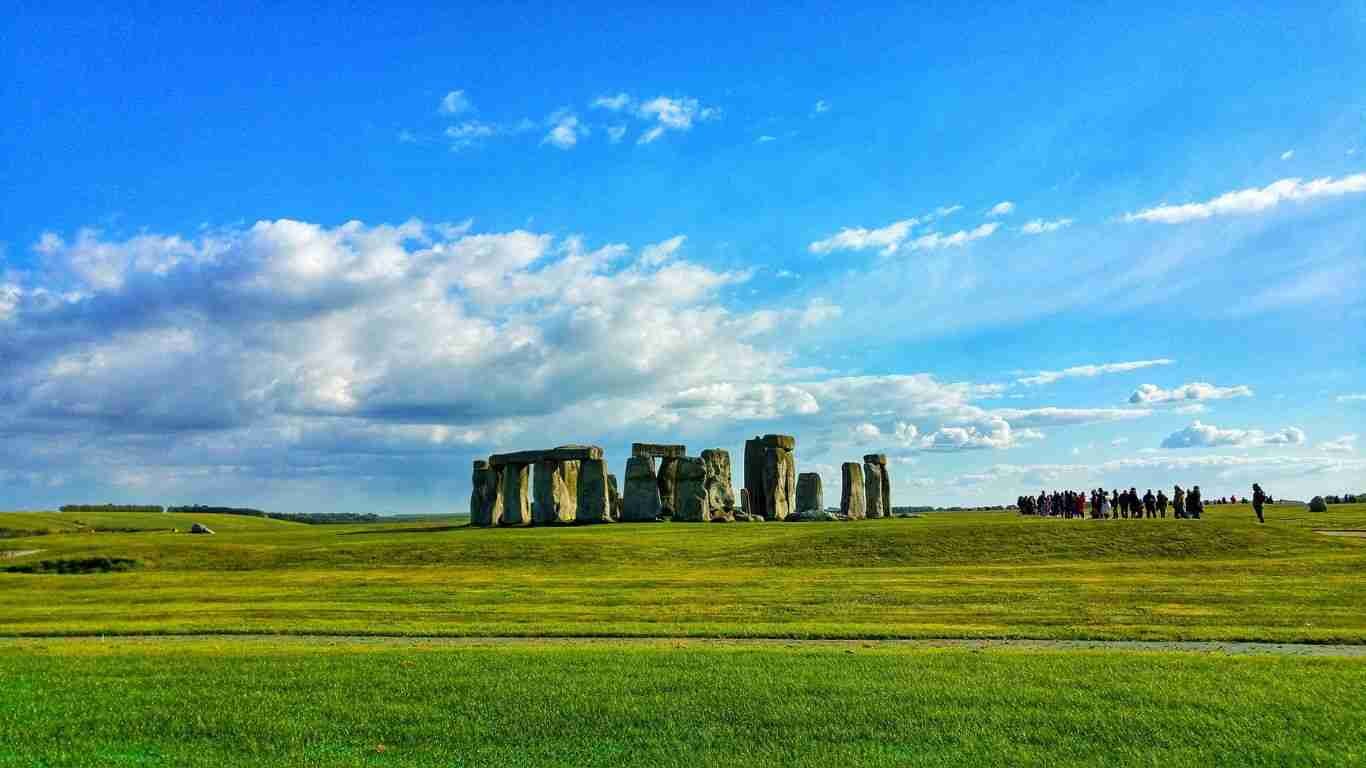
How to Reach Stonehenge: Location and Travel Tips
Where Is Stonehenge Located?
Stonehenge, which is situated in the center of Wiltshire, England, is roughly 90 miles southwest of London and 8 miles north of Salisbury. Because of its strategic location, visitors from all around the UK and beyond can easily reach it. Your Stonehenge Tour would probably start with a drive through the bucolic English countryside, from which the historic site rises to the horizon as a spectacular sight, its stones contrasting sharply with the undulating plains all around.
Traveling to Stonehenge
By Car:The path to Stonehenge is clearly defined and simple to navigate if you’re driving. You can walk or take a shuttle bus to the actual site from the Stonehenge Visitor Center, where parking is available. You can combine your Stonehenge Tour with excursions to other local attractions when you drive, which gives you flexibility.
By Train:Salisbury is home to the closest train station if you’d rather take public transit. You can then take a taxi or a direct bus route to Stonehenge from there. For those who would rather not drive, using the bus is a practical choice that provides beautiful views of the surrounding area.
By Tour Bus:Numerous businesses departing from major cities including London, Bath, and Oxford provide guided Stonehenge Tours. Transportation, Stonehenge tickets, and excursions to other neighboring sites like Avebury or Windsor Castle are usually included in these tours. This is an easy method to see Stonehenge and the surrounding sites without worrying about how to get there or how to get back.
Tips for a Comfortable Journey
The secret to a good Stonehenge Tour is preparation. Because much of the site is outside, make sure you check the weather forecast and pack appropriately. You should also wear suitable walking shoes because you will be touring the monument’s surroundings as well as its inside. To prevent long queues and guarantee a hassle-free trip, it’s also a good idea to purchase your tickets in advance, particularly during the busiest travel seasons.
Guided Tours vs. Self-Guided Stonehenge Experience
Benefits of a Guided Stonehenge Tour
There are benefits to selecting a guided Stonehenge Tour, particularly for those who are visiting for the first time or wish to learn more about the location. In-depth knowledge of Stonehenge’s mythology, history, and archeology is provided by knowledgeable guides, who can provide context that self-guided tours would not be able to provide. They frequently impart information that improves the experience by telling tales and providing background on the ancient builders, their society, and the value of the stones.
Visits to other historical sites are often included in guided Stonehenge Tours, allowing you to learn even more about the rich history of the area. In addition to making sure you get the most out of your trip, guides may provide instant answers to your inquiries and advice on taking pictures.
Exploring on Your Own: Self-Guided Tour
An individual Stonehenge Tour gives you the opportunity to see the site at your own speed if you’d rather have that kind of experience. When you stroll around Stonehenge, you may listen to audio guides that provide you comprehensive details about the monument’s construction, history, and significance. More flexibility and relaxation are possible with this option, especially if you prefer to take your time taking in the scenery and soaking up the ambiance.
The Stonehenge Tour will leave you with a memorable memory of this remarkable monument, regardless of the option you select—guided or self-guided.
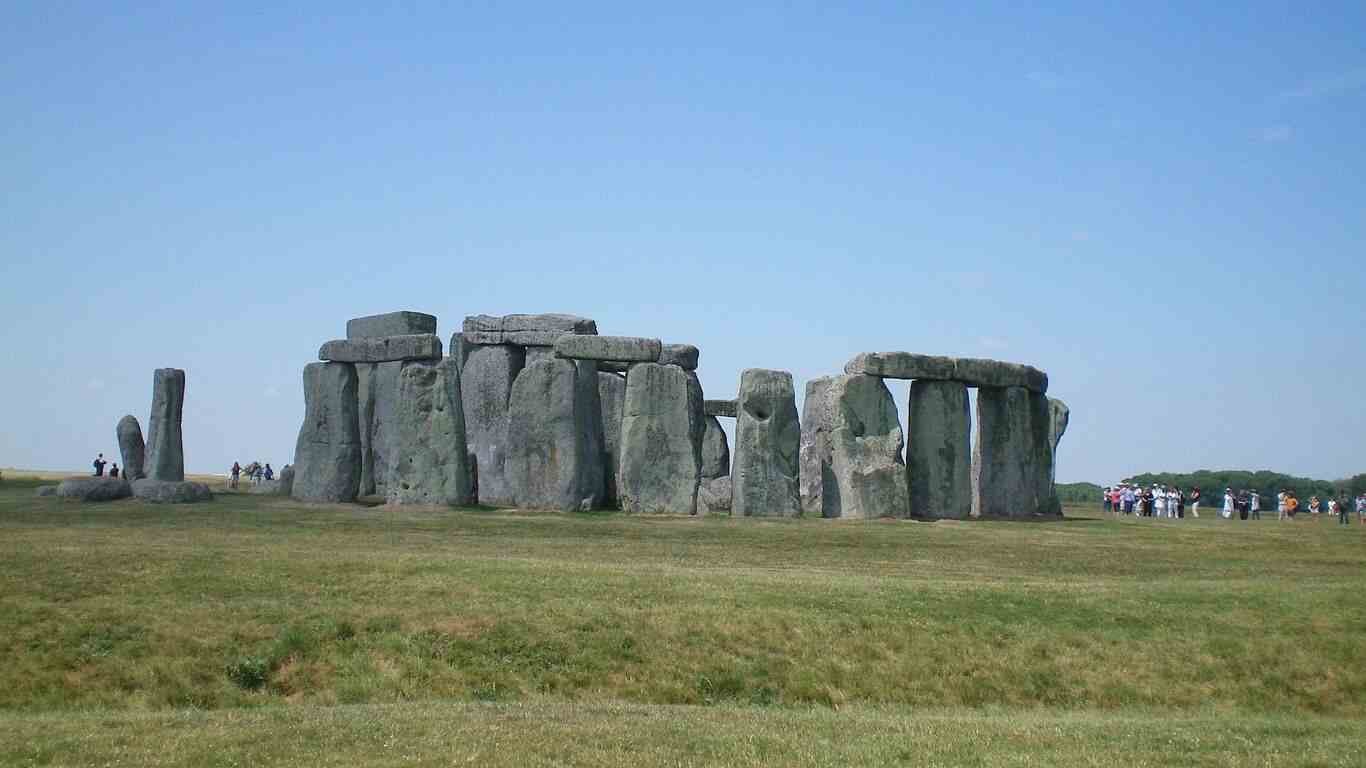
Stonehenge Visitor Center: What to Expect
Facilities and Amenities
A mile or so from the monument itself is the Stonehenge Visitor Center, where your Stonehenge Tour starts. It is a contemporary, well-equipped facility. This building acts as the center of activity for guests and offers a number of amenities to improve your stay. The Visitor Center includes a museum with interactive displays and exhibits that illustrate the narrative of Stonehenge from its construction to its significance today, along with a café, gift shop, and restrooms.
Ticketing and Entry
Purchases for Stonehenge Tour tickets can be made online via the official website or in person at the Visitor Center. It’s best to purchase tickets in advance because the location can get very packed, especially during busy seasons. You can explore the Neolithic town, the Stone Circle, the Visitor Center, and several walking paths all within the surrounding area with your ticket.
Stone Circle and Neolithic Houses
You can get to the Stone Circle via shuttle bus or a leisurely stroll once you’ve had time to peruse the displays in the Visitor Center. With the Stonehenge Tour, you may approach the stones up close without touching them, giving you plenty of chances to take in their precision and size. The nearby Neolithic Houses, which have been rebuilt, provide an insight into the everyday routines of those who lived and worked in the area surrounding Stonehenge. Created with traditional methods, these homes offer an intriguing background for the monument and the time period in which it was created.
Best Time to Visit Stonehenge for an Unforgettable Experience
Seasonal Considerations
The ideal time to go on a Stonehenge Tour relies greatly on your interests and the kind of experience you’re seeking for, even though Stonehenge is open year-round. One of the busiest occasions to visit is during the June summer solstice, when hundreds of people assemble to watch the sun rise precisely over the Heel Stone. There is an electric feeling during the solstice celebrations, and this astronomical alignment has tremendous cultural and spiritual value.
On the other hand, going in the off-season—especially in the spring or fall—can provide a more private and tranquil experience. These times of year offer more tranquil exploration of the monument because of the normally pleasant weather and reduced visitors. Winter is also appealing since the stones are surrounded by a dramatic, almost otherworldly aura due to the colder weather and the sun’s lower angle.
Avoiding the Crowds
It’s advisable to schedule your Stonehenge Tour for early in the morning or late in the afternoon if you’d rather to escape the biggest crowds. You can enjoy a more tranquil and peaceful experience during these hours, when you can fully appreciate the monument’s magnificence without being interrupted by huge tour groups.
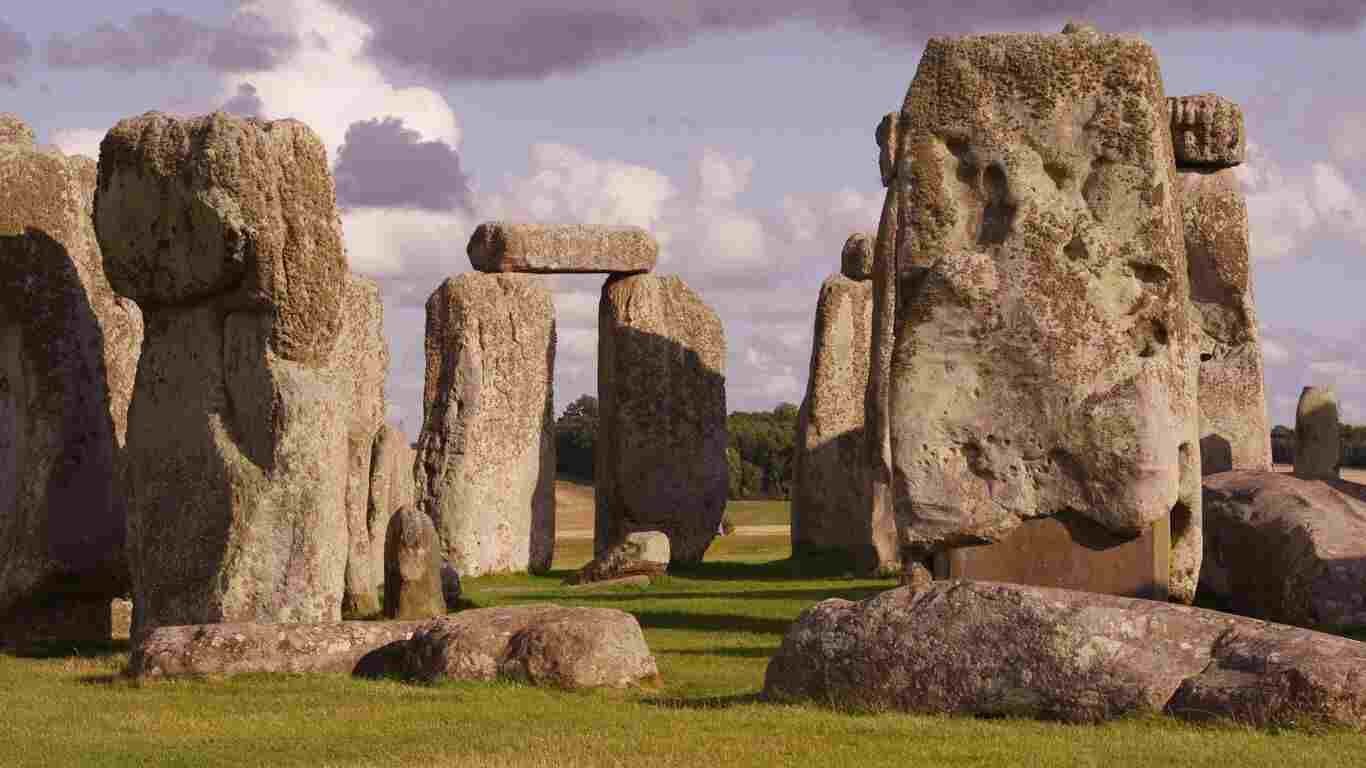
Stonehenge Myths and Legends: Unraveling the Mystery
Theories of Origin
Since its creation, Stonehenge has been the focus of innumerable stories and legends, many of which you will learn about during your Stonehenge Tour. A few ancient historians speculated that it was a Roman temple honoring the sky god Caelus, while others thought it might have been the resting place of the fabled King Arthur. Among the most well-known myths is perhaps the one about the magician Merlin building Stonehenge. According to legend, Merlin used magic to move the stones from Ireland.
Astronomical Alignments and Rituals
Stonehenge’s alignment with solar motions remains one of the monument’s greatest mysteries. The summer solstice, when the sun rises directly above the Heel Stone and shines into the center of the stone circle, is the most important of these alignments. Many people think that Stonehenge was an ancient calendar or observatory that tracked celestial events because of its accuracy in astronomy. You will discover the many interpretations of these alignments as you set off on your Stonehenge Tour. Some academics have proposed that the monument was involved in seasonal religious activities.
Some claim that Stonehenge served as a therapeutic center. The area may have been the location of ceremonial funerals and ritualistic burials related to death and rebirth, as shown by the finding of human remains and burial sites nearby. This Stonehenge Tour’s mystique is further enhanced by these layers of mystery and myth, which make it a location where spirituality, legend, and history all come together.
Exploring the Surroundings: Other Attractions Near Stonehenge
There is a lot more to see and do in the surrounding region, even if the Stonehenge Tour is unquestionably the main draw. There are lots of additional prehistoric structures, quaint towns, and historical sites scattered around the Wiltshire landscape that can enhance the richness and context of your trip.
Avebury Stone Circle
Avebury, another UNESCO World Heritage Site and home to one of the biggest stone circles in the world, is only a short drive from Stonehenge. Avebury offers a more tactile experience because visitors can walk freely among the enormous stones, unlike Stonehenge, where access to the stones is restricted. Avebury is a great addition to your Stonehenge Tour because it is thought to have been a part of a greater prehistoric landscape that also featured Stonehenge.
Salisbury Cathedral
A trip to Salisbury Cathedral is essential if you want to learn more about the region’s past. One of the best-preserved manuscripts of the Magna Carta, a historic document that set the groundwork for contemporary democracy, is housed in this magnificent Gothic cathedral, which is located in the nearby city of Salisbury. A view into the medieval era that followed the monument’s construction, the cathedral’s tall spire and immaculately restored interior provide for a stunning contrast to Stonehenge’s age-old stones.
Old Sarum
Old Sarum is another intriguing place to visit if you’re interested in ancient history. This Iron Age hill fort developed into a Norman castle and cathedral after it was a prosperous community. The expansive views from the summit are the ideal accompaniment to your Stonehenge Tour, offering a wonderful viewpoint from which to consider the lengthy history of human habitation in the region.
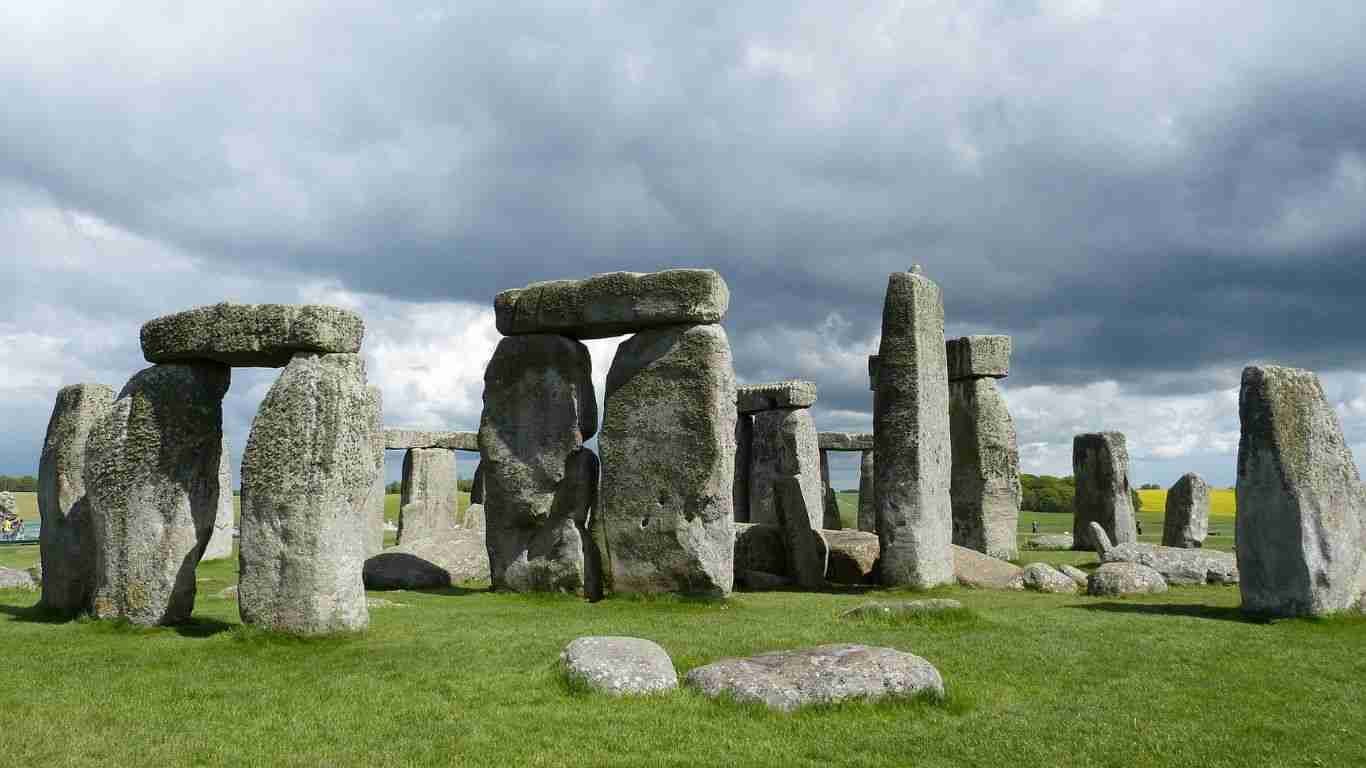
Sustainable Tourism: Protecting Stonehenge for Future Generations
With millions of tourists visiting Stonehenge each, it is imperative that the monument be preserved for upcoming generations. The Stonehenge Tour is meticulously handled to guarantee that the monument is preserved while also enabling visitors to appreciate its magnificence.
Conservation Efforts
Since Stonehenge is a sensitive archeological monument, ongoing preservation efforts are made to shield it from damage brought on by visitors and erosion from the elements. You might notice that some locations are roped off during your Stonehenge Tour to keep guests from touching the stones or harming the surrounding earth. These safeguards are in place to protect the monument’s integrity as well as the surrounding area.
The Stonehenge World Heritage Site Management Plan outlines various strategies to safeguard the site, including maintaining its natural environment, controlling visitor numbers, and minimizing the impact of nearby infrastructure developments.
How You Can Help
You may contribute to Stonehenge’s preservation as an ethical tourist. Respecting the policies and procedures established by the personnel, such as remaining in approved locations and refraining from touching or climbing the stones, is essential during your Stonehenge Tour. To lessen your influence on the environment, encourage sustainable tourism behaviors like taking public transportation wherever possible and cutting back on waste.
You can guarantee that future generations will be able to enjoy the wonder and majesty of a Stonehenge Tour in the same way that you have by following these simple steps.
Special Events and Festivals at Stonehenge
Any time of year is a great time to visit Stonehenge, but some festivals and events add even more magic to a Stonehenge Tour. Often with fewer limitations and more options to interact with the monument, these special days give visitors a unique opportunity to see the site.
Summer and Winter Solstice
The most important dates on the Stonehenge calendar are the summer and winter solstices, when thousands of people come to see the sun aligned with the stones. June 21st is the summer solstice, the longest day of the year and a unique chance to see the sunrise over the Heel Stone from inside the stone circle. Attendees of these ceremonies often feel as though they are taking part in a centuries-old custom, establishing a connection with the monument that may have been shared by ancient people.
Similar mystical experiences can be had during the winter solstice, which falls around December 21st and is the shortest day of the year. Even though fewer people celebrate the winter solstice, it offers a more sedate, personal setting and has great spiritual significance for many.
Heritage Open Days
Many historical sites in the UK, including Stonehenge, provide free admission and special events in September as part of the annual Heritage Open Days. You might be able to take part in special guided tours, seminars, or talks that go further into the history and significance of the monument if you schedule your Stonehenge Tour during this period.

Photography Tips: Capturing the Magic of Stonehenge
With good reason, Stonehenge is among the most photographed sites on Earth. Dramatic and unforgettable images are created by the stark beauty of the stones juxtaposed against the wide open skies. Whether you’re an amateur photographer or just using your phone to snap pictures, these pointers will help you get the most out of your Stonehenge Tour.
Best Times for Photography
Early morning or late afternoon, when the sun is low in the sky and creates lengthy shadows and a warm, golden glow, is when Stonehenge’s light is most magnificent. For the finest photo ops, try to schedule your Stonehenge Tour around these hours. Additionally, the solstices present a once-in-a-lifetime opportunity to photograph the stones in alignment with the sun, which can result in famous pictures.
Finding Unique Angles
Although the wide-angle picture of the complete stone circle is the iconic photo of Stonehenge, don’t be afraid to experiment with composition. Consider concentrating on specific stones and capturing their size and texture, or try framing your image with the surrounding terrain. Trying several camera angles will enable you to fully convey Stonehenge’s splendor.
Stonehenge Tour for Families: What You Need to Know
Stonehenge is a great place for families to mix education and entertainment, not just for history aficionados. An engaging, hands-on approach to learning about astronomy, archeology, and ancient history is provided by a Stonehenge Tour for both adults and children.
Engaging Children on the Tour
There are several family-friendly exhibits available at the Stonehenge Visitor Center, including as models, interactive displays, and educational films that go over the monument’s background and significance. Children are especially drawn to the Neolithic Houses because they may explore the interiors and imagine what life was like for those who lived in those times.
The large, open area surrounding the monument gives smaller kids lots of space to run and explore, making it a fun family outing.
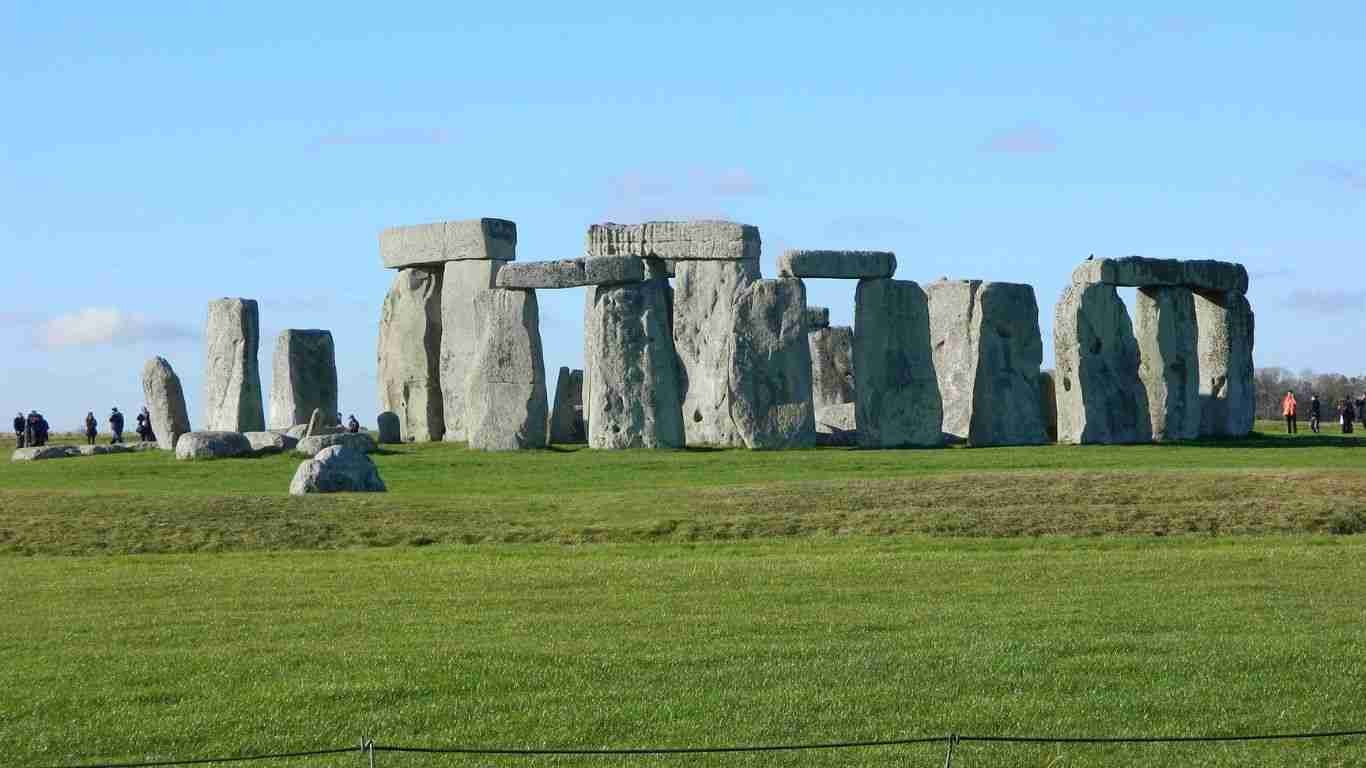
Accessibility and Safety Information
Accessibility for All Visitors
All guests, even those with mobility challenges, can enjoy the Stonehenge Tour because it is made to be accessible to all. The Stonehenge Visitor Center offers disabled parking, lifts, and ramps for full accessibility. Wheelchair users will find it easy to enjoy the tour because the major paths surrounding the stone circle are level and smooth, and shuttle buses to the monument are wheelchair-accessible as well.
Safety Tips for Your Visit
It’s crucial to adhere to a few basic safety recommendations to ensure a safe and pleasurable Stonehenge Tour. Particularly if you’re traveling in the winter, it’s important to pack waterproof gear and wear layers because the weather on the Salisbury Plain may be unpredictable. Strong walking shoes are required because the paths surrounding the monument can get muddy or slick after rain.
Furthermore, resist the urge to approach as close to the stones as you can, and stick to the approved locations and the barricades that have been put in place to safeguard both tourists and the monument itself.
Conclusion: Making the Most of Your Stunning Stonehenge Tour
To sum up, a Stonehenge Tour is an insightful exploration into the depths of mystery and history. Stonehenge never fails to enthrall and inspire, both with its breathtaking size and the centuries-old stories that surround it. Whether its architectural wonder, spiritual significance, or stunning scenery drew you in, your visit will leave you with lifelong memories and insights.
Your Stonehenge Tour will rank among the most fulfilling travel experiences of your life if you approach it with serious preparation, contemplative exploration, and a profound respect for the ancient world.
